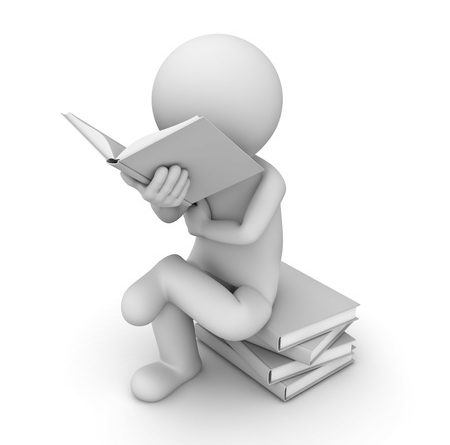Seeing the world differently through books
We all have a different view of the world. We each bring with us different perspectives. I’ve recently been on a bit of a reading kick. In part, this is to inspire me to blog more. The revelations have been greater than the sum of the parts.
Over the last 6 weeks, I re-read The Dyslexic Advantage to recap on dyslexia as a different brain wiring with upsides as well as struggles. This piqued my interest in how memory works so I read Moonwalking with Einstein. These books may appear on the surface very different and yet they overlap nicely. The former talks of the strong episodic memory capabilities some dyslexics have in spite of their poor semantic and procedural memory. The later makes great use of visual episodic memory to conduct memory feats such as remembering a pack of playing cards.
Remaining on the memory theme I then enjoyed Made to Stick. At the heart of this book is a formula to make things more memorable. One of the profound takeaways from this book was the experiment of the tappers and the listeners. I’ll not recap here is it is covered in my summary of the book. The experiment is to demonstrate “the curse of knowledge” – when you know something it is hard to imagine not knowing it. This can be a massive barrier to effective communication as we all have different knowledge and experiences.

This reignited my interest in the irrationality of people. I enjoyed Predictably Irrational many moons ago so I indulged in a book in a similar vein. I queued up The Art of Thinking Clearly on my audible playlist (book summary to follow). This did not have much in common with the previous books.
I next moved on to a refresh of The Lean Startup after a quick read of Mindset (more on that in a separate post). It was interesting recapping on Lean Startup fresh on the heels of The Art of Thining Clearly. Parts of the LSU methodology specifically address cognitive biases covered in the book. Determining how to evaluate the success of an experiment before running it overcomes the outcome bias.
I’ve just finished The Heart of Change. This is a book about organisational change. I found myself evaluating some of the ideas based on the approaches from LSU and Made to Stick.
It was at this point it hit me. What I have taken from each of these 6 books has benefited from my recent reading. This might have been seeing the topic from a different angle. It might have been mutually supporting information (concrete versus abstract is a recurring theme). Occasionally it has been an ability to critically assess the wider applicability of something suggested.
The takeaway is deeper than the fact reading more gives you a richer toolkit to assess new information. It has reinforced with me the fact that how we see the world is shaped not objectively but in the shadow of our past experiences.
I’m not sure how long I can maintain a book a week average. I’ve only got 2 credits left on audible so I might soon revert to one a month. I’m also several writeups behind. I do plan to maintain my condensed summaries in my journal. These are giving me a deeper appreciation of the book as the writing reinforces the listening. It is also a great way to check back on books and cross reference them.








Pingback: Even faster dyslexic reading – Differently Wired
Pingback: Messy Presentations – Differently Wired